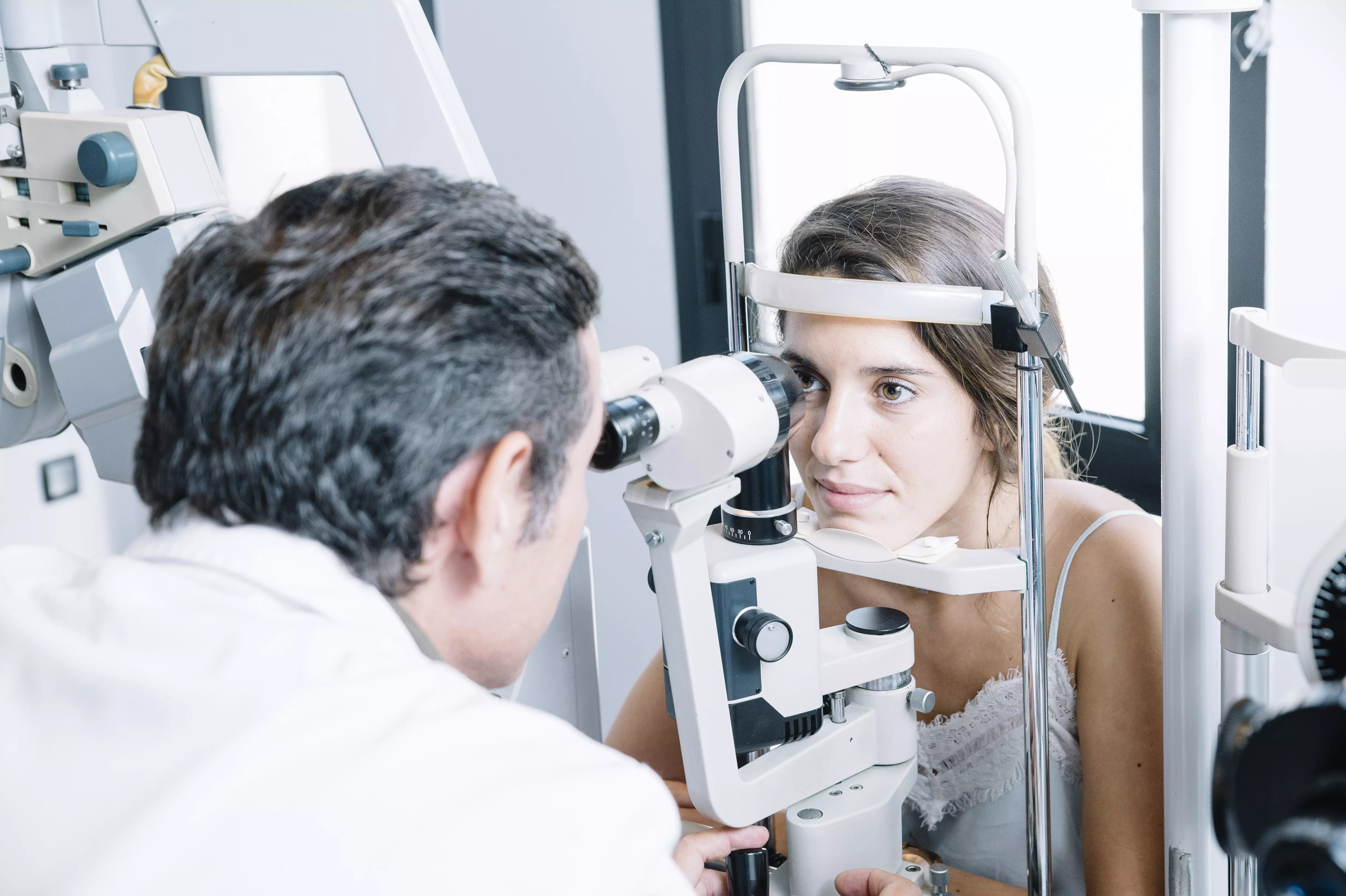Light therapy in the treatment of eye disorders
Effect of light therapy on eye diseases
The use of light therapy has become increasingly popular for treating a variety of conditions. Although many people associate light therapy mainly with the treatment of depression, it is worth noting that it can also be an effective tool for treating eye conditions.
Advances in ocular medicine
Ocular medicine has seen significant progress in recent years. Light therapy, also known as photobiomodulation, is one of the latest methods that can effectively treat eye conditions. Scientific studies confirm its effectiveness, and patients are noticing improvements in their vision.
Light therapy is a non-invasive method that does not cause pain or require injections or surgery. It uses different wavelengths of light to reach the tissues of the eye, stimulating their regeneration and restoring normal function.
Eye conditions that light therapy works on
Light therapy can be effective in treating a variety of eye conditions. One of the most popular applications of this therapy is the treatment of cataracts. Studies have shown that regular and long-term use of light therapy can lead to a reduction in cataract symptoms and delay the need for surgery.
Reliable light therapy can also provide relief for patients suffering from macular degeneration, which is especially important for the elderly. Studies show that regular light therapy sessions can slow the progression of the condition and maintain visual acuity for longer.
In addition, light therapy can be used to treat conjunctivitis. Light of the right wavelength has an antimicrobial and anti-inflammatory effect, helping to reduce eye irritation and speed up the healing process.
How does light therapy work?
Photobiomodulation uses red light of near-natural wavelength to reach the cells of the eye. The result is the stimulation of cytochromes, which are an important part of metabolic processes occurring in the human body.
Light therapy works primarily on two levels: it improves the functioning of mitochondria, which are responsible for energy production in cells, and reduces oxidative stress, which is one of the main factors contributing to the aging process in the body.
Through these actions, light therapy contributes to the regeneration of eye tissues, reducing inflammation and restoring the normal functioning of the organ of vision.
Professional application of light therapies
Light therapy in the treatment of eye disorders should be carried out by qualified specialists in properly equipped offices. This will help avoid the incorrect use of light and minimize the risk of complications.
Before starting light therapy, the specialist conducts a detailed examination of the patient to assess the condition of his eyes and select the appropriate parameters of therapy. The therapy is then carried out in a series of sessions, the frequency and length of which are tailored to the individual needs of the patient.
Summary
Light therapy, also known as photobiomodulation, is an effective tool for treating eye disorders. By using appropriate wavelengths of light, it is possible to stimulate the regeneration of eye tissues and restore the normal functioning of the organ of vision. Light therapy can bring relief to patients with cataracts, macular degeneration and conjunctivitis. A professional should be consulted before starting the therapy to choose the right parameters and avoid possible complications.